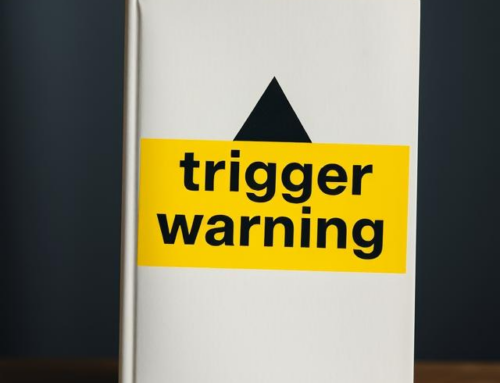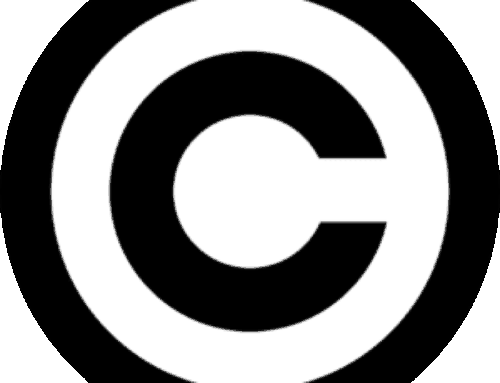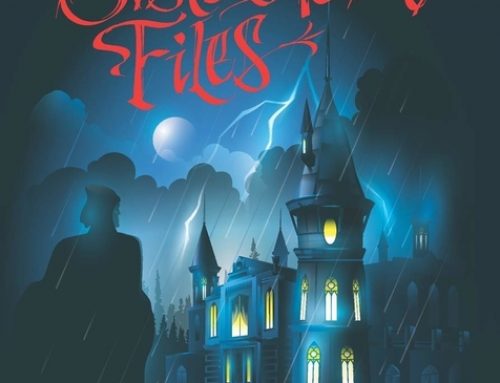 Publishing my first novel has been a very interesting experience. Now that it is being read by many and reviews are pouring in, I’m learning something new regarding editing – you need many eyes.
Publishing my first novel has been a very interesting experience. Now that it is being read by many and reviews are pouring in, I’m learning something new regarding editing – you need many eyes.
I did pay to have my text professionally proofread and edited, however, even then things have squeezed through the cracks. After release, I noticed an inconsistency myself among the 81,000 words, and just recently an Amazon reader commented on a few minor problems in her review.
One of my goals as a self-published author is to gain R-E-S-P-E-C-T. (Boy, I’d break out in song right now if I could!) There is so much criticism regarding poor quality with self-published authors, and I dearly wanted to stay away from that criticism. No one is complaining about the quality of my writing. A few have agonized over the ending, but it was necessary to lay the stage for the sequel.
On the flip side, I’ve also talked to a few of my readers who found nothing wrong in the text. I guess my story mesmerized them or perhaps they needed reading glasses.
Nevertheless, at this very moment I am extremely grateful for print on demand! I am going back to my publisher and fix the errors and inconsistencies to find R-E-S-P-E-C-T.
On a side note, I read an article in a popular writer’s magazine recently that contained a wonderful confession from a traditionally published author who corrected his book 13 times after publication before he got it right! I’m doing pretty good, I guess.
What have I learned through this process?
- Edit your professional edits.
- Find more eyes before submitting your manuscript to print.
- Read over your galley proofs with a magnifying glass! Even a perfect submitted manuscript can end up with inconsistencies when your publisher puts it into a galley. My mistake was trusting. I checked to make sure it was all there, but I didn’t expect character letters to be dropped here and there.
I’m straining for perfection and respect. Now wouldn’t it be a hoot if a traditional publishing house picked it up and published it with more errors! Why do I see typos in those? Just recently I was reading a book published by a big name house and read the word “sate” and it should have been “sat.” I’m beginning to think perfection is a goal that might be hard to reach for everyone even though many readers expect perfect copy.
Well, just a reminder to use many eyes. I sure hope there’s no typos in this post!
Vicki
Get an Editorial Review | Get Amazon Sales & Reviews | Get Edited | Get Beta Readers | Enter the SPR Book Awards | Other Marketing Services






















Vicki, check that last sentence again 😉
Hi, Vicki,
I have seen some absolutely horrible books — so many typos that I wanted to throw the book against the wall — and all were “professionally” edited/copyedited. The key is, *Who* is doing the editing/copyediting. You need to find an absolutely anal copyeditor — one who can see a word(s) in one part of the book and remember that it was hyphenated (or compound or open) in another part of the book. Copyediting for consistency throughout is a true art, and very few copyeditors have this skill. I edit/copyedit anthologies, often of previously published stories, and I am horrified at the content of many of these stories because, as I said, they were all previously copyedited for their original publication. People’s names spelled two or three different ways, the same word in two or three different forms throughout (open, compound, and hyphenated), etc.
And never trust that a page layout is an exact duplicate of the text/file that you submitted to the publisher. I’ve seen pages dropped, lines dropped, paragraphs dropped (or added), lines broken, widows, orphans, font changes in midparagraph, uneven justification on a page, reversed quote marks — you name it, and I’ve seen it.
Best of luck,
Marty Halpern
I agree with Marty, finding the “right” set of eyes is much better than many sets of untrained eyes, who will never find all the errors just by reading. A client I did a novel for recently “proofread” the book himself, had a friend and his editor “proofread” it and went to press. After people started finding errors he finally sent it to a proofreader, then sent me 2 full pages of corrections! Proofreading is the most underappreciated of the editing skills.
I agree that finding the right set of eyes is far better than many sets of untrained eyes. However, I always encourage my clients to have other people read their manuscripts because no one, no matter how good an editor she is, is perfect.
On a recent project, an advance reader (a historian) pointed out a historical error in a novel I edited—I simply didn’t know the information so didn’t catch it. Most readers probably wouldn’t notice it, but those familiar with the history of the area would, and the author (and I) wanted complete accuracy.
I recommend to authors that they have another person (or other people) read the manuscript after I have edited it, and then I review the feedback. Generally grammar “corrections” can be ignored because they are usually wrong. The author and I discuss other recommendations, and I make changes to the manuscript if we agree with the readers’ suggestions.
I am a self-publishing writer and I’ve edited the work of other writers, but I would never publish my books without paying for the services of another editor.
Despite extensive editing and checking, probably no book is perfect. One nice thing about POD is that it’s easy to make corrections when needed, rather than ship thousands of books with errors that are discovered after printing.
A few tips:
(1) No editor knows everything. Sometimes an editor thinks she knows more about a subject than the author does, and will introduce errors when making “corrections.” Sometimes an editor assumes the author is the expert, and allows errors to be printed.
(2) It’s important to proofread in multiple media: in your word processor, in a PDF, and on paper. Different errors will be unseen in one format but POP in another.
(3) When viewing on a PC screen, use big magnification. Watch out for wrong fonts in copied text, quote marks facing the wrong way, periods that should be commas and commas that should be periods.
(4) Every time you touch the text, including when you fix something, you may introduce errors. Be very careful.
(5) Even if a writer hires ten of the word’s top editors, the writer will be blamed for any stupid errors in the book. Be very careful.
Michael N. Marcus
— author of “Become a Real Self-Publisher: Don’t be a Victim of a Vanity Press,” http://www.amazon.com/dp/0981661742
— author of “Stories I’d Tell My Children (but maybe not until they’re adults),” coming 4/1/10. http://www.silversandsbooks.com/storiesbookino.html
http://BookMakingBlog.blogspot.com
http://www.SilverSandsBooks.com
Hey Vicki! A certain number of errors inevitably creep into any text, though I’m always hoping it will be mild punctuation errors in my work because with spelling errors and typos some readers get jarred momentarily from the story, but if I’ve got a comma instead of a semi-colon accidentally, for example, “most” readers won’t notice or care and even though I don’t even want THAT error in there, I can deal with it if it doesn’t pull readers out of the story.
I’m with you on the respect thing. I want there to come a point where it becomes stupid for someone to complain about editing in self-published books as some foregone conclusion. There will always be crap, but with enough truly quality books self-published, people who want to make blanket statements about it all will look stupider and stupider doing it.
For a great way to edit line by line without getting bogged down by the story, Bite Size Edits is AMAZING. Except that I’m finding that I’m doing a LOT of showing instead of telling which is making me SLOW.
Love love love.